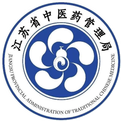Source | Nanjing Lishui District Traditional Chinese Medicine Hospital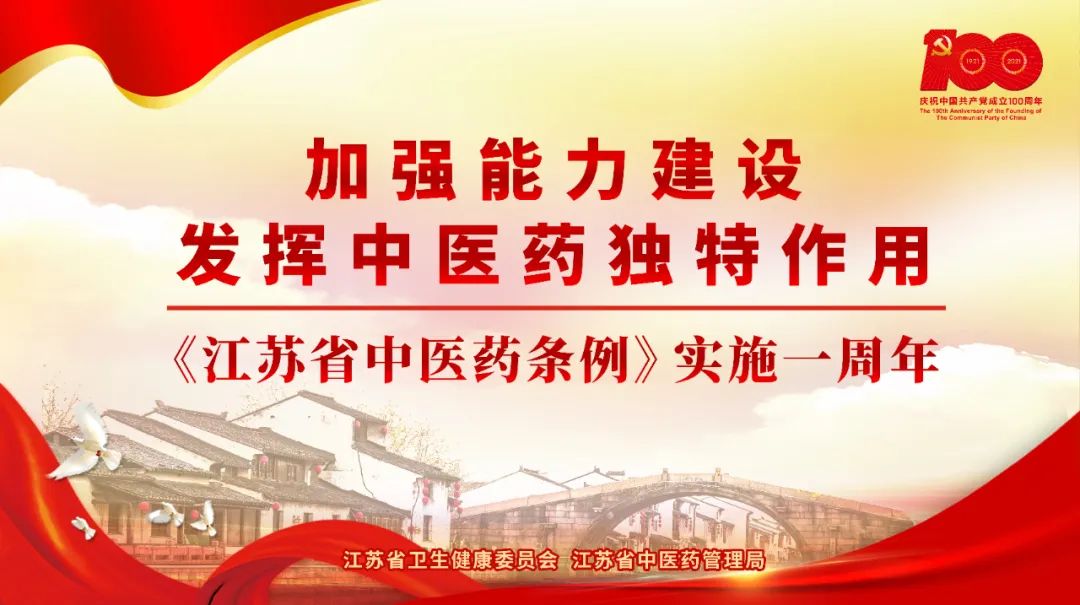

This is a mouth-watering column! How can you eat healthily and deliciously? What are the healthy foods that share the same source as medicine and food? The “Jiangsu Traditional Chinese Medicine” WeChat public account has specially launched “Traditional Chinese Medicine on Your Plate” to satisfy your taste buds while keeping you healthy~
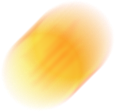 @You, the health recipes are here!
@You, the health recipes are here!
As the weekend approaches, why not make a few delicious and health-promoting medicinal dishes at home? The Nanjing Lishui District Traditional Chinese Medicine Hospital recommends several health-preserving medicinal dishes based on the current seasonal characteristics, tailored for different body constitutions, to harmonize yin and yang, tonify qi and consolidate the exterior, and disperse wind and clear heat. Save these recipes quickly~
 Treasure Congee
Treasure Congee
Ingredients:60g Chinese Yam (Shan Yao), 60g Coix Seed (Yi Yi Ren), 30g Dried Persimmon (Shi Bing).
Method:① Grind the Chinese Yam and Coix Seed into coarse powder, place in a pot, add an appropriate amount of water, bring to a boil over high heat, then reduce to low heat and simmer until cooked; ② Chop the dried persimmon, add to the pot, mix well, and cook together until ready to eat.
Description:This congee can clear and tonify the spleen and lungs, nourish yin and tonify qi, suitable for those who often feel hot in the afternoon, sweat during sleep, and have dry mouth and throat. Congee has been regarded as the “first health food” since ancient times, highly praised by health enthusiasts throughout history, thus the first recipe recommended is a congee recipe. You can also add Tremella (Yin Er) to enhance the nourishing yin effect, or add 4-5g of Ginseng (Ren Shen) to increase the qi-tonifying effect. In autumn and winter, dietary adjustments should focus on the lungs, but the care of the spleen and stomach should not be neglected, making the Chinese Yam a key ingredient in this congee.
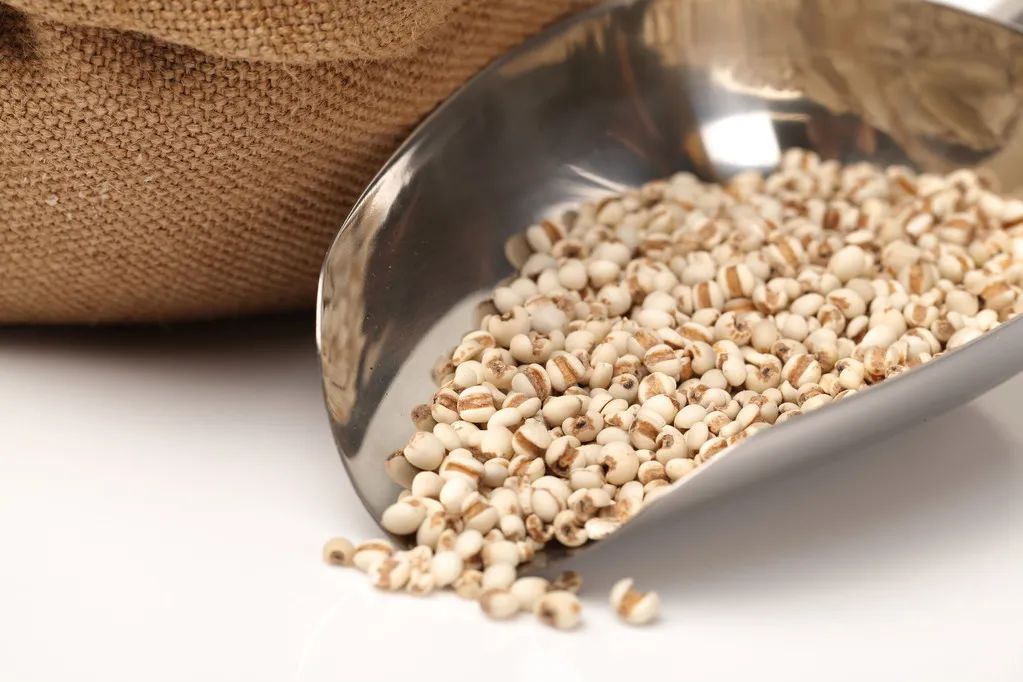 Lily and Almond Congee
Lily and Almond Congee
Ingredients:30g Lily (Bai He), 10g Almond (Xing Ren), 50g Japonica Rice (Jing Mi), appropriate amount of white sugar.
Method:① Wash the Japonica Rice clean, place in a pot, add appropriate amount of water, bring to a boil over high heat, then reduce to low heat and cook for 30 minutes; ② Peel the almonds, add them with the lily to the congee, and cook for about 30 minutes until the rice is soft and congee is ready, then add white sugar and mix well before serving.
Description:High work and life pressure may lead to poor sleep. The lily nourishes the heart and lungs, calming the mind, while the almond stops coughs, and the Japonica rice nourishes the stomach, thus this congee can benefit the stomach and regulate the middle, moisten the lungs and stop cough, with calming effects.
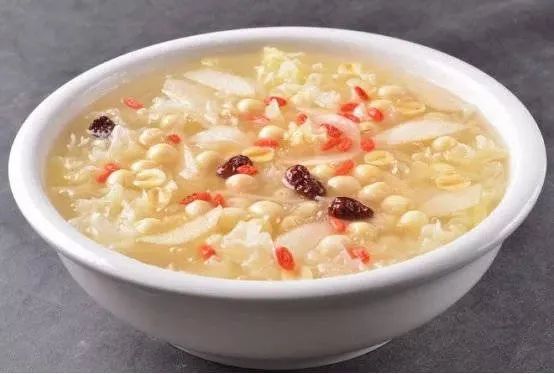 Walnut Duck
Walnut Duck
Ingredients:200g Walnut (He Tao Ren), 150g Water Chestnut (Bi Li), 1 old duck, 100g minced chicken, 1 egg white.
Method:① Place the duck in a basin, add scallions, ginger, and a little monosodium glutamate, steam until cooked, take out and cool, debone, and cut into pieces. ② Grind the walnuts and water chestnuts into a fine paste, mix with minced chicken and egg white, add a little wet flour to form a paste; ③ Coat the duck with the paste, deep fry until crispy, then remove and drain the oil.
Description:This medicinal dish has the effects of tonifying the kidneys, warming the lungs, resolving phlegm, and stopping cough.It is suitable for those with kidney deficiency and chronic cough, presenting with clear, thin phlegm, shortness of breath, and those who are generally weak and prone to illness, especially in autumn and winter when symptoms worsen. However, it should be noted that this dish is primarily for tonification; it is not suitable for those with external pathogens or thick phlegm, or during fever. Now is a good time for supplementation, and this dish can be consumed every other day.
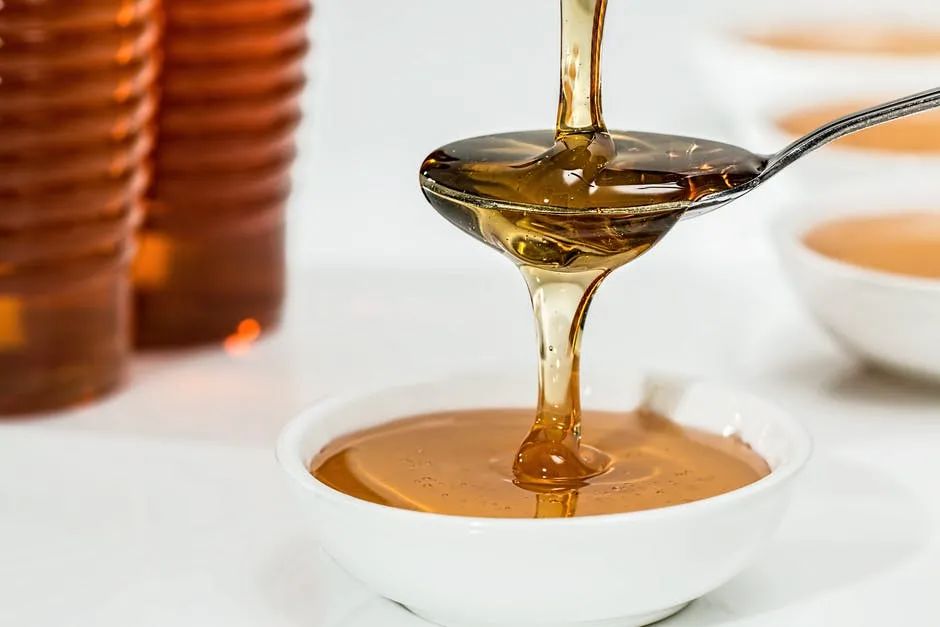 Honey Lifebuoy Drink
Honey Lifebuoy Drink
Ingredients:5 slices of white radish (Bai Luobo), 3 slices of ginger (Sheng Jiang), 1/4 piece of dried tangerine peel (Chen Pi), 3 dates (Da Zao), 30g honey.
Method:Soak in boiling water for 10 minutes, serve as a tea drink.
Description:Suitable for those with yin deficiency and dry cough, dry throat and cough with little phlegm, accompanied by constipation.In autumn and winter, when staying at home more, the diet tends to be rich, and with reduced exercise, phlegm heat can easily arise, thus this medicinal drink is particularly recommended, as it helps replenish moisture while providing therapeutic effects. The “dried tangerine peel” in this recipe can be replaced with many similar ingredients; the best choice is to buy “Chen Pi” from a pharmacy, using about 5g each time; you can also use kumquats, about 2-3 each time; the simplest substitute is the peel of sugar oranges, using one each time.
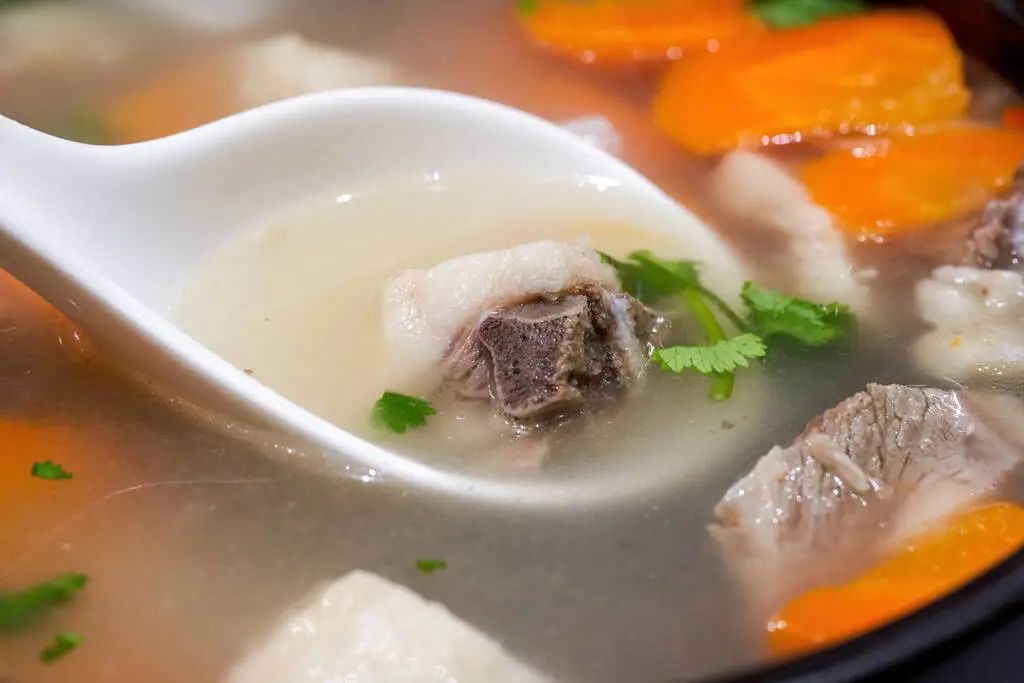 Angelica and Ginger Lamb Soup
Angelica and Ginger Lamb Soup
Ingredients:40g Angelica (Dang Gui), 100g Ginger (Sheng Jiang), 500g Lamb (Yang Rou).
Method:① Wash the Angelica and Ginger, cut into large pieces, wash the lamb and remove the sinews, blanch in boiling water to remove blood, cut into strips about 5cm long for later use. ② In a clay pot, add an appropriate amount of water, add the meat strips, ginger, and Angelica, bring to a boil over high heat, skim off the foam, then simmer on low heat for one hour until the lamb is tender.
Description:The Angelica and Ginger Lamb Soup comes from the classic TCM text “Jin Kui Yao Lue” from the Eastern Han Dynasty, revered as the ancestral recipe of Chinese medicinal cuisine, and its preparation method has been passed down to this day, well-known among people. This recipe can warm yang and tonify blood, suitable for those with weak constitution or cold-type constitution. Depending on individual weakness and needs, you can also add 50g Astragalus (Huang Qi) to enhance the qi-tonifying effect, or add 10 dates to enhance the blood-tonifying effect.

We believe that by now
you are already craving
Try it this weekend!
Remember to share with those in need~
END
 Scan the QR codeFollow “Jiangsu Traditional Chinese Medicine” now
Scan the QR codeFollow “Jiangsu Traditional Chinese Medicine” now

